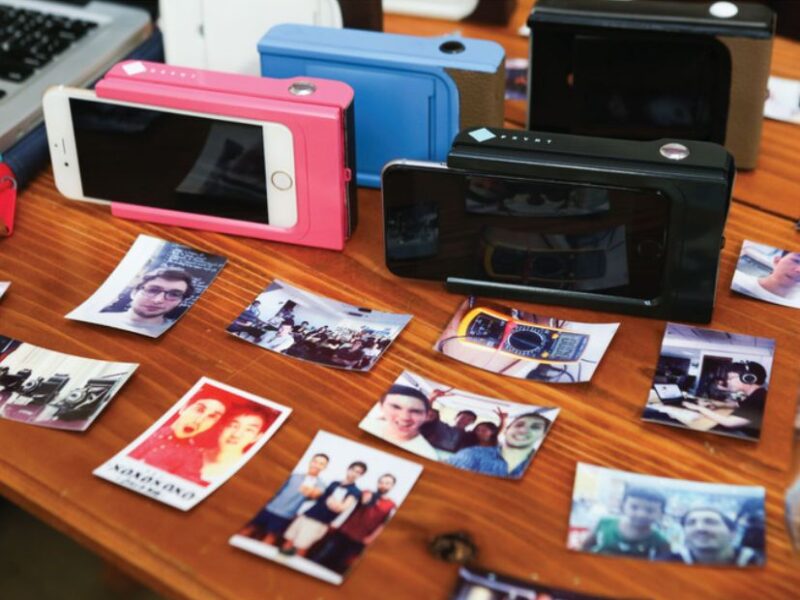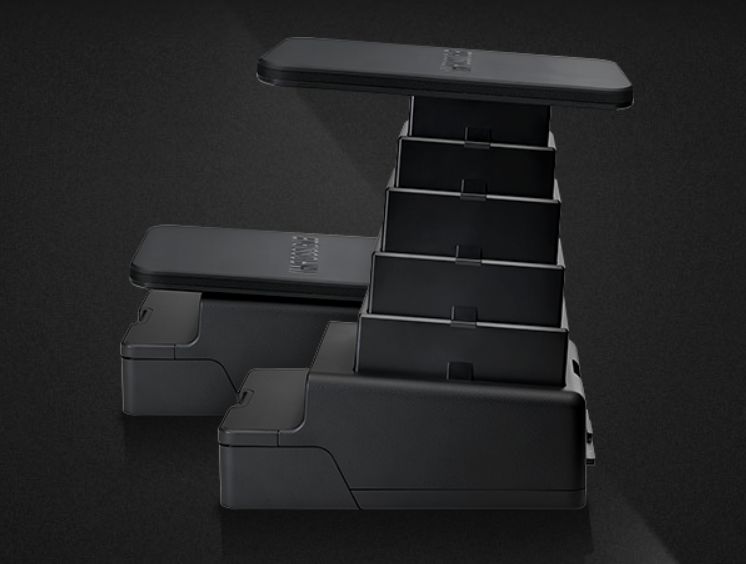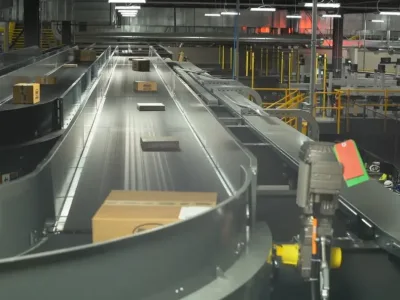
As the hardware shrinks, it looks like wearables are set to offer the ultimate platform for cloud-shared life-logging, continuously recording every aspect of one’s life, including the wearer’s physiological data for fitness or health monitoring and his/her immediate surroundings through snapshots or short videos.
Does access to cheap data storage mean we should all end-up quantifying every bit of ourselves, backing it up for easy retrieval? Beyond maybe some summarized data analytics, who would want to sit through the endless boring video feeds or snapshot time-lines of so-called life-casters (life-loggers broadcasting their data through social networks)?
As if the “follow-me” mantra of today’s social networks was not deceitful and wasteful enough with regard to “socializing”, adding the “be-me” option is probably what will eventually kill the meaning of sharing moments or feelings. And if the life-casters themselves are the least likely to review their own digital memories (for lacking a second life to sit and watch through their past glory, let alone searching through their archives for interesting bits), we are all experiencing to some extent the over-inflation of cheap digital memory.
Digital photography has become so easy and data storage so plentiful that one easily gets overwhelmed with photo and video archives. More often than not, we can’t find the time (or dedication) to delete irrelevant photos, blurring our natural memory with a digital continuum instead of reinforcing it with chosen memory beacons such as traditional paper prints.
As imperfect as it may be, our natural memory is the result of a long and progressive work of real-life assimilation (and deep interpretation), a life-long cognitive experiment that more often than not, tries to keep us alive by feeding us back the essential. This part of keeping and sharing the essential has been somehow obliterated by fast-paced data sharing, with social platforms enticing users to broadcast more data without any discernment (let the followers make sense of it, or not).
Bucking the trends, a small number of startups is looking at reviving photo prints, trying to give them back that “special moment in time” you would want to remember or share.
French startup Prynt is proving very successful with its Prynt Kickstarter project, having designed what it calls the first instant camera case for iPhone and Android. Akin to Polaroid’s old instant cameras, the Prynt case relies on ZINK Imaging’s Zero-Ink digital printing technology.
Each case holds a stack of ZINK Paper sheets (an advanced composite material with embedded yellow, magenta and cyan dye crystals) which can be thermally revealed, each colour layer being activated through a specially integrated heat printer.
Slightly less bulky than the original Polaroid cameras, Prynt markets this revival of instant paper photography as a tangible way to share memories, with a twist to it. When seen through a smartphone or a tablet using Prynt’s app, each paper photo comes augmented with a short contextual video (recorded when taking the picture).

Interestingly, ZINK Imaging who specializes in manufacturing the special paper (on refurbished lines it acquired from Konica Minolta Manufacturing back in 2007) as well as the proprietary printers, has also partnered with Polaroid Corporation to launch several standalone instant digital cameras with built-in ZINK Printers. Other paper photo revival initiatives go well beyond Polaroid’s PoGo standalone units or Prynt.
With its Instant Lab Universal, the Impossible project who successfully completed a kickstarter campaign back in 2012 by offering smartphone and tablet users to transform their digital images into classic instant photos, has now extended its services to refurbishing Polaroid cameras and producing its own re-formulated versions of classic Polaroid instant film formats (in 2008, the startup had purchased the last factory in the world manufacturing Polaroid instant film).

Under the motto “Hold onto your memories”, self-entrepreneur and Flag Universal’s founder Samuel Agboola found a clever way to get people to print their photos for free through his Flag app. The catch? Advertisers pay for the prints (for now free shipping only in the US), they are then entitled to feature their ads on the back of each print. Agboola promises up to 20 photos a month, printed free of charge directly from your camera, Facebook, Instagram or favourite social network.
For advertisers the marketing pitch is convincing since he converts unwanted and inefficient junk mail into what he calls sponsored gifts, ads with photos that are looked forward to, shared and cherished.
“Your ads don’t need to plead for attention because the photo, caption and metadata is something the recipient wants” Agboola wrote during his Kickstarter campaign.
Visit the Prynt Kickstarter project
Visit the impossible project at www.the-impossible-project.com
Visit ZINK Imaging at www.ZINK.com
Learn more about Flag Universal at https://fl.ag/advertising
Related articles:
Lost in Big Data: digital zombies
Are you worth insuring? Wearables to decide
Consumer-driven surveillance takes shape
 If you enjoyed this article, you will like the following ones: don't miss them by subscribing to :
eeNews on Google News
If you enjoyed this article, you will like the following ones: don't miss them by subscribing to :
eeNews on Google News




